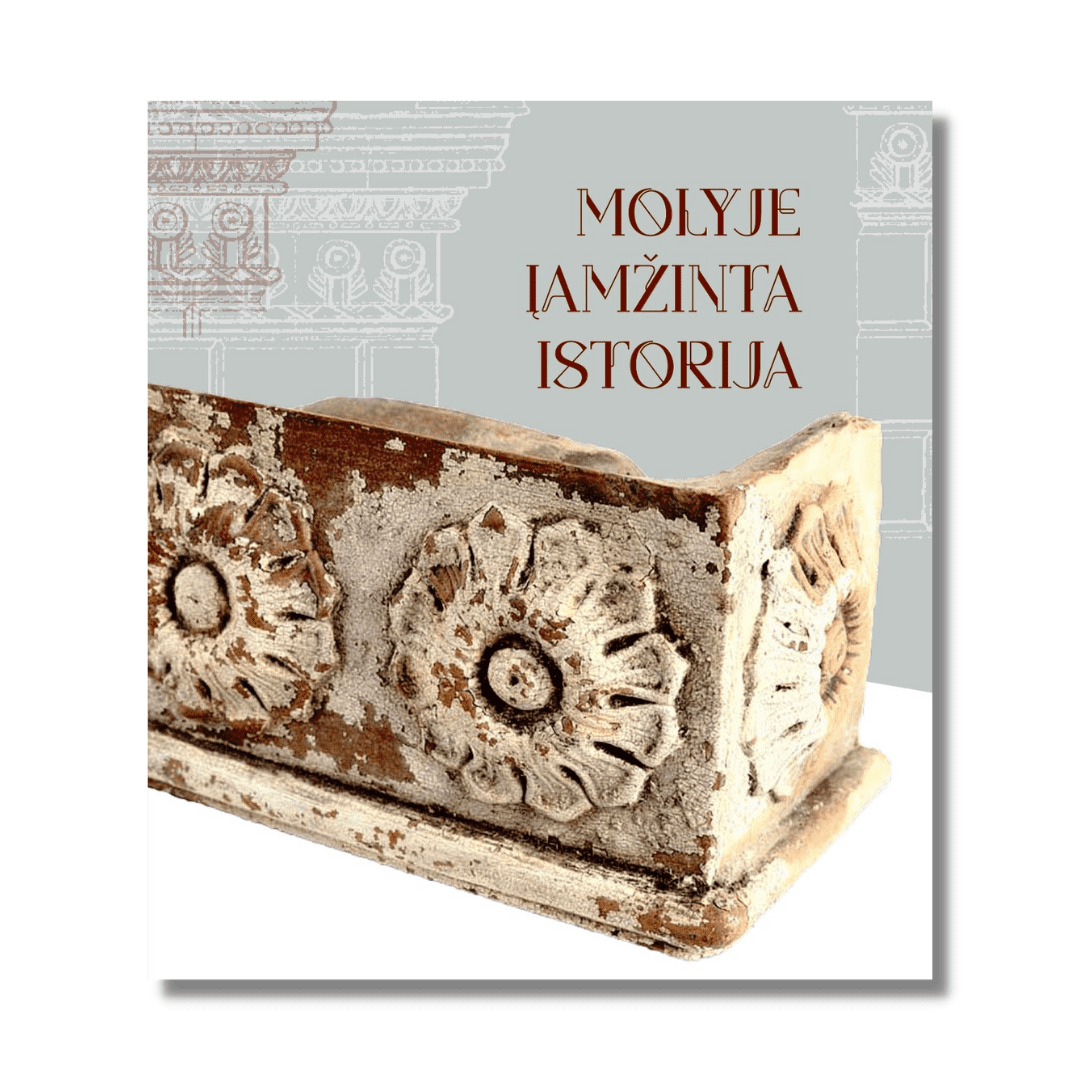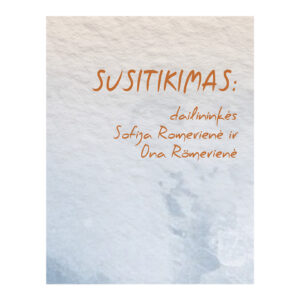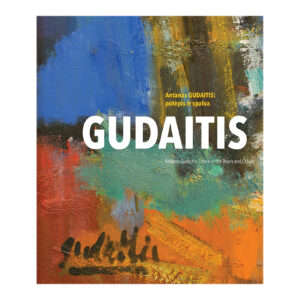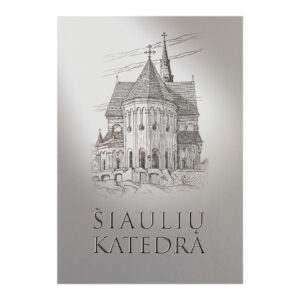Catalog of the exhibition "History Immortalized in Clay"
In 2022, šiauliai "Aušros" museum implemented the project "History immortalized in Molis", which was funded by the Lithuanian Council for Culture and Šiauliai City Municipality. The project provided an opportunity to prepare an exhibition about the cockpits of northern Lithuanian manors and to present a catalog telling about the tiles and coccy furnaces of northern Lithuanian manors exhibited in the exhibition "History Immortalized in Clay". Numerous collections of tiles accumulated during archaeological research are stored in the collections of Lithuanian museums. The exhibition featured cockerels from the following museum collections: Šiauliai "Aušros" Museum, Biržai Regional Museum "Sėla", Daugyvenė Cultural History Museum-Reserve and Kelmė Regional Museum. The catalogue presents cockerels from several manors in Northern Lithuania: Biržai Manor, Papilio, Mantagailiškis, Kelmė, Pakruojis, Kurtuvėnai, Burbiškis and Kražiai Manor and Castle.
The object of the catalog is the ceramics of the furnaces of the manors of Northern Lithuania – cockerels, the research and results of which provide an opportunity to expand the knowledge about cockle furnaces. When and in what directions did the first tiled furnaces reach the territory of Lithuania and specifically the manors of Northern Lithuania? What did the earliest cockpit stoves look like in the territory of the pairink, and in what forms did they develop until the twentieth century?





